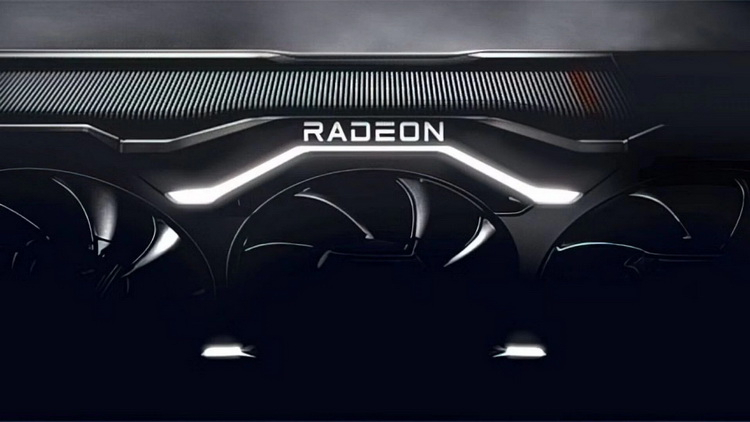Ryzen 5 3600 - One Of the Best Selling Desktop CPUs
When we talk about high-performance CPUs today, first of all, we mean the number of cores. Of course, 5.3 GHz is always better than 5 GHz, but if you have only four cores instead of eight, the performance will be slightly lower. However, things have been a bit different before. Only three years ago, four cores were all that the desktop computer needed, mainly because one of the companies decided to do so.
Let's look at why the processor market is in such a condition where the Ryzen 5 3600 has become one of the best selling processors in the world. Briefly, this is because it is one of the best for price/performance. If you’re looking for a straightforward comment, that's the end of it. Thank you for reading to us.
However, if you want to know a little more about it, you can continue reading. Currently, the Ryzen 5 3600 is the best-selling processor on some of the largest online retail platforms. Moreover, the third generation of Ryzen, in general, is at the top 10 in this list, and this is just incredible for AMD. The situation is similar at Yandex Market, where processors from AMD take the first lines of popular offers. So how did it happen that these Ryzen multi-core CPUs began to have a strong place in the market? To answer this question, you need to go back to the middle of 2000, when AMD was a threat to Intel, before today.
At that time, the red company produced the Athlon X2, and the blue Core 2 Duo, and even then, the advantage of having more cores, in this case, two, basically just guaranteed that the background tasks will not suddenly load your CPU to the maximum and slow down the tasks of the first plan until they stop. After the failure of the Phenom II and the inability of the AMD FX processors to call back a response from Intel, the industry still decided to stop at four cores, even in the case of older models, while the software still looked somewhat behind in this regard.
This means that although multi-threading was becoming more common as single-core CPUs became less popular, many programs could only rely on having 2-4 cores in a familiar PC bought from a local store. Therefore, most games and everyday programs were optimized for such a setup.
What Was the Turning Point for AMD?
However, for the AMD side, everything changed with the release of Ryzen processors, which offered twice the number of CPU cores, at a relatively affordable price. Of course, at first different software could not take full advantage of the new cores, let alone AMD's unique layout, but today, most of these problems have been solved and AMD not only caught up with Intel but managed to surpass it in various ways. And in fact, it was quite difficult.
On the other hand, for the third generation of Ryzen processors, AMD took a couple of major steps. First, it is a significantly improved TSMC process, 7 nanometers. Although the 7 nanometers do not always reflect the actual production potential (you can read about it here), the 7nm was a big leap and provided so much needed stimulus for Ryzen, which also allowed it to realize another advantage, which is used in the entire product line - chip design.
The chips, or Core Complex Die (CCD), are much smaller crystals than traditional single-chip processors because they involve moving the entire I/O complex into a separate chip. This has allowed AMD to produce only one type of small CCD, and then, thanks to "binning," complete them with the necessary I/O chip because they have the same physical design across the entire product line. This means that the overall performance, stability, and several suitable crystals in production have been improved and the number of combinations of cores has increased.
Thus, a single CCD chip, the same as our Ryzen 5 3600, can have between four and eight cores, and the same CCDs can be combined into an array of up to 8 pieces, creating a monstrous, 64-core Threadripper. In terms of production, this is much easier. We can say that our hero, Ryzen 3600, is somewhere on the border between old and new, with six fairly fast cores with multithreading capabilities, and a very attractive price of about $200.
At the same time, the older Ryzen processors are still productive, so for many, it comes down to compatibility. You can use any of these CPUs on almost any generation of AM4 motherboards. So, if you are waiting for Zen 3, you can now buy, for example, a Ryzen 5 2600 to save some more money, and in the future replace it with something more powerful.
On the other hand, having a system in the first generation of Ryzen, you can also get a significant performance boost by switching to the Ryzen 5 3600 with a modest BIOS update. Now, this is one of the main advantages of AMD, because the Intel Z370 chipset broke compatibility with older processors by releasing a newer Z490 chipset with a completely new socket. Therefore, many users felt a little cheated by sticking to the blue company camp for several years and getting only two generations of compatible CPUs. Over the past few years, AMD has been notably more successful in supporting intergenerational compatibility.



0 Comments